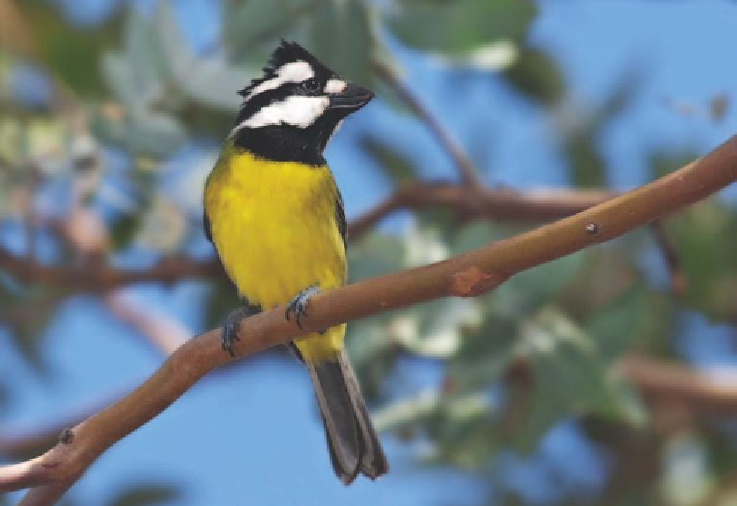Biology Reference
In-Depth Information
The importance of variation or heterogeneity in native
vegetation on farms
The vegetation assets on a farm encompass many features, including patches of
remnant woodland, individual paddock trees, native pastures, rocky outcrops, and
creek lines. This range of assets contributes to variation in vegetation cover within
and between paddocks on a farm, which is often called farm heterogeneity. Farm
heterogeneity is important for biodiversity in agricultural environments around
the world.
1, 3-5
We have found that many species of native animals respond strongly
to the
joint
or
combined
effects of these various habitats
on a farm; that is, they are significantly more likely to
occur on farms where many or all of these features are
present.
1
Examples include bird species like the Brown
Treecreeper, Jacky Winter and Crested Shrike-tit, which
are animals of conservation concern because of their
substantial declines in the past few decades. Similar to
the case for native birds, overall reptile species richness
is greatest on farms with a high total cover of different
native vegetation assets.
2
Conversely, some species which
The combined effects
of different kinds of
environmental assets on a
farm - remnant patches,
plantings, native pastures,
paddock trees and rocky
outcrops makes a major
collective contribution to
farm-level biodiversity
Figur e 7.1:
The Crested Shrike-tit. This charismatic bird specialises in extracting invertebrate prey from
strips of eucalypt bark. It has a razor-sharp bill to tear apart bark streamers and it is often heard well before
its spectacular lemon-coloured plumage is seen. (Photo by Julian Robinson)

